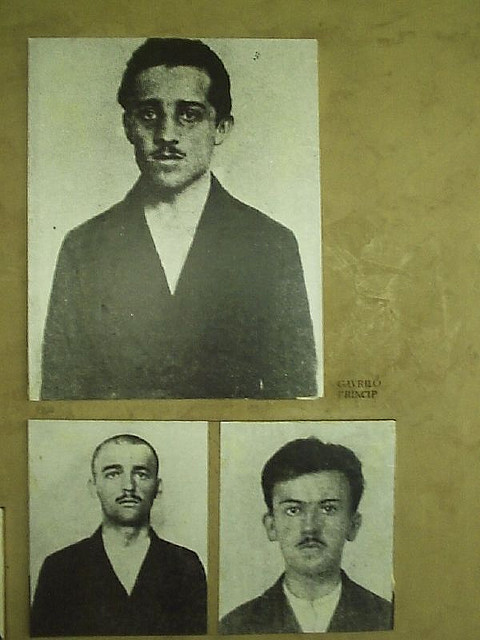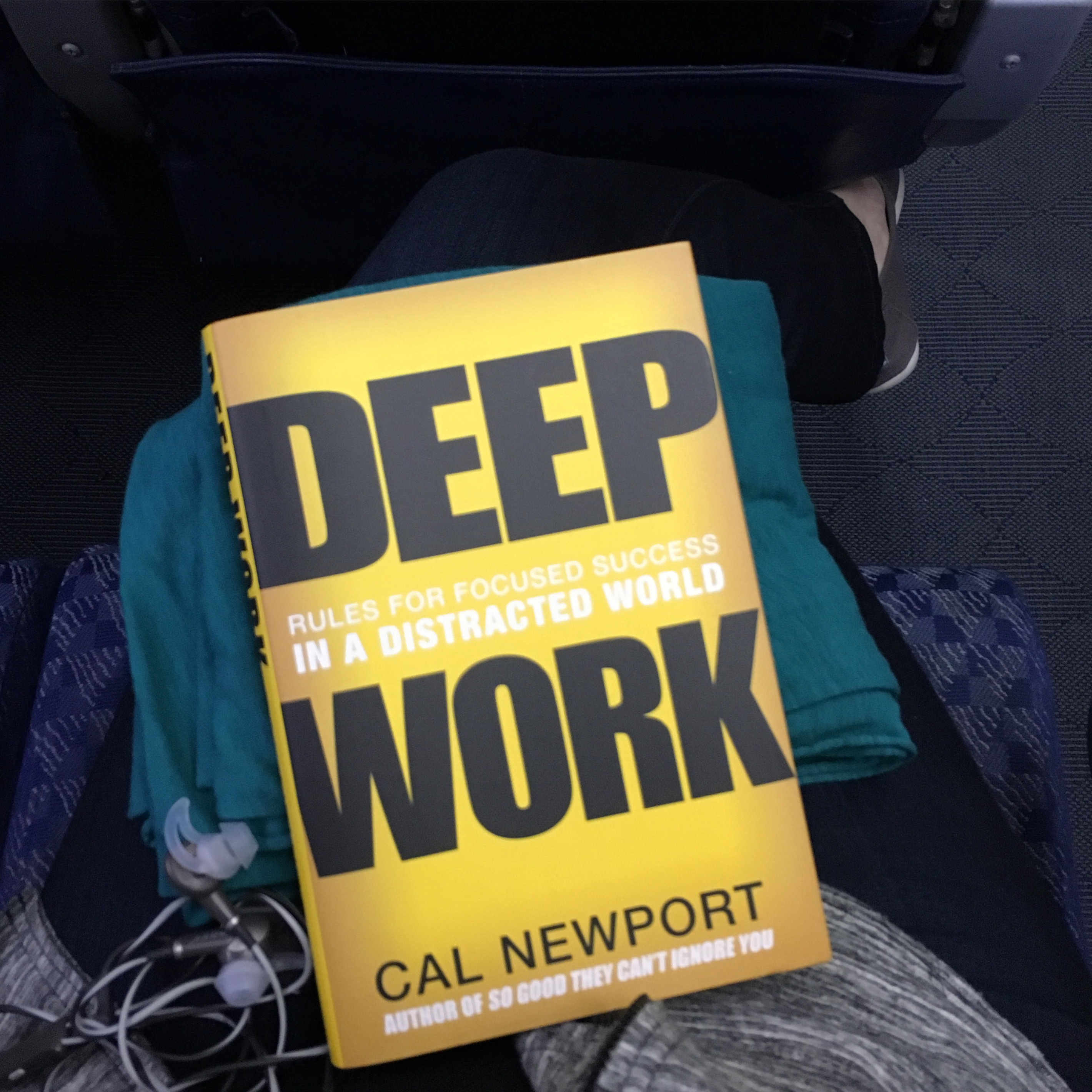What does a sandwich have to do with an assassination? How much do you know about the assassination brought on the beginning of WWI?
I can’t say I remembered much about the assassination of Archduke Franz Ferdinand of Austria beyond that, other than that it took place in Sarajevo, Bosnia… Until I began snooping around in the NY Times archive.
I’d recently become a fully legitimate, paying Sunday home-delivery subscriber of the New York Times, and this new subscriber status came with the added benefit of getting access to their full archives from 1851 to today. In all my history loving, nerdy glory, I set out to test this new archival perk.
But, which event should I search for?
At the time, I’d been doing a little preemptive travel planning in the hopes of adding a stop in Vienna to a trip to Paris. So I had all things Austrian on my mind… That lead me to think of the demise of the Hapsburg Empire, which lead me to the infamous assassination. A quick google search got me the date – June 28, 1914. Then, I pulled up the next morning’s NYT front page, and the journey to find out much more of the story in Sarajevo began from there.
One Account of the Assassination
Here’s a short excerpt from that NY Times front page article the day after the assassination of Archduke Franz Ferdinand of Austria and his wife Sophie, Duchess of Hohenberg:
“Those responsible for the assassination took care that it would prove effective, as there were two assailants, the first armed with a bomb and the other with a revolver. The bomb was thrown at the royal automobile as is was proceeding to the Town Hall, where a reception was to be held, but the Archduke saw the deadly missile coming and warded it off with his arm. It fell outside the car and exploded, slightly wounding two aids de camp in a second car, and half a dozen spectators.
…
As the royal automobile reach a prominent point in the route to the palace, an eighth grade student, Gavrio Prinzip, sprang out of the crowd and poured a fusillade of bullets from an automatic pistol at the Archduke and the Duchess. Both fell mortally wounded.” (Emphasis added.)
Keep in mind that this account occurred before the dust could settle on the whole event, but it provides a few interesting details. Apparently, there were actually seven men who took up spots along the route as part of the scheme. Five of the seven were under the age of twenty, including Gavrio Princip, the assassin who would ultimately be successful in taking the lives of the Archduke and his wife. So they probably weren’t eighth graders, but they were definitely young students nonetheless.
Later accounts of the event don’t seem to give the Archduke credit for fending off the bomb and thwarting the first assassination attempt. They appear to credit the age of the bombs themselves and the fact that they had a 10-second fuse, which seems unimaginably long for a bomb fuse.
Nor do other accounts have quite the same old time theatrical flare. Both fell mortally wounded. The end. The curtain drops. Actors exit stage left, and applause begins. Sounds like a farce, doesn’t it?
What’s This About A Sandwich?
There’s much more to the story, as is almost always the case. It’s plenty intriguing on it’s own without any embellishment. Balkan tensions, imperial powers, multiple assassins, the first failed attempt followed by a dramatic actual assassination, and on and on…
But, embellishment is just what it got!
After the explosion and failed assassination attempt, the procession apparently continued on to city hall and later headed to the hospital to see the wounded. This threw a kink in the plans of the other conspirators who were lined up along the caravan’s route. On the way to the hospital the driver is said to have mistakenly turned down crowded Franz Joseph Street, instead of staying on Appel Quay leading to the allegedly coincidental encounter with Princip (the successful assassin, pictured below at the top of the image) outside Moritz Schiller’s delicatessen.
“It’s an account that, while respectful of the significance of Franz Ferdinand’s death, hooks pupils’ attention by stressing a tiny, awe-inspiring detail: that if Princip had not stopped to eat a sandwich where he did, he would never have been in the right place to spot his target. No sandwich, no shooting. No shooting, no war.”
– From Smithsonian’s Past Imperfect blog (emphasis added)

This amazing-coincidence version of the story caught on, has been published, and is being told as truth by at least one history teacher. Mike Dash, who writes for the Smithsonian, heard it from his school aged daughter. He then went on to debunk this sandwich myth using Princip’s own testimony, and even tracked down the likely source of this last minute addition to the assassination story – a novel. It’s great detective-like research, and worth a read!
I think, it’s also entirely possible that a well-intended teacher struggling to maintain the interest of a classroom full of unruly high schoolers could have said, “Ok. Put yourself in the shoes of the assassin. The original plan was foiled. Now just imagine… What do you do? How do you end up in the right place at the right time, outside of a deli?”
I love highlighting interesting details of a good historical story, and I support using our imagination to put ourselves in the shoes of those who were there. Both can make a huge difference in whether these stories are remembered and retold, but this story makes it clear that we need to stick closely to the facts as we know them from the most reputable of sources available.
So, have you heard this sandwich version of the assassination of Franz Ferdinand?
—
Need More Information?
- NY Times Front Page from June 29, 1914 (subscriber only link)
- Gavrilo Princip’s Sandwich (from the Smithsonian magazine’s Past Imperfect blog)
- 6 Random Coincidences That Created the Modern World (from Cracked.com)
- Gavrilo Princip (Wikipedia.org)
Photos: Belgarded.com (The Conspirators: Gavrilo Princip, Nedjelko Cabrinovid, and Trifko Grabez). Stephendepolo (Hot Pastrami Albany).
